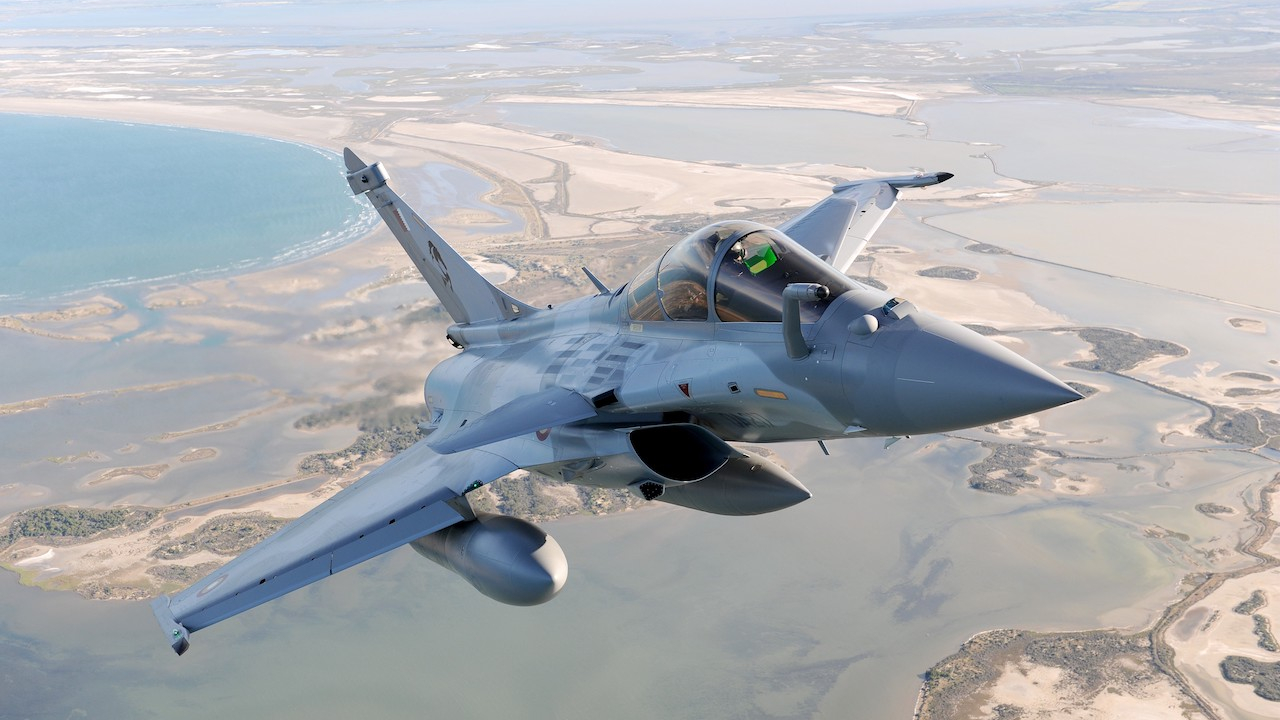RSAF gets the missing link

Work is nearing completion on an upgrade to the Royal Saudi Air Force (RSAF) fleet of Boeing E-3 Airborne warning and control system (AWACS) aircraft
The programme, a major communications update, will provide the five RSAF E-3s with Link 16, the jam-resistant, digital datalink that allows military aircraft, ships and ground units to exchange tactical pictures in near real-time. In Saudi service, Link 16 will allow direct communication between the AWACS crews and fighter aircraft. It also allows the exchange of text messages and imagery data.
Boeing undertook the first aircraft’s upgrade at its Military Flight Center, Seattle, last year. The remainder of the fleet is being outfitted by Boeing’s Saudi partner, Alsalam Aircraft Company, in which the US company has a 50% stake. Boeing is providing on-site support to Alsalam and the project is scheduled to be completed in December.
Before then, however, a further upgrade to the aircraft may have taken a major step forward. Last year, the RSAF awarded Phase 1 (design and long-lead part procurement) of a Radar System Improvement Program (RSIP). Phase 2, the production stage, is anticipated to be awarded imminently.
The project would bring the configuration of the Saudi AWACS into line with other AWACS fleets in service with the US, NATO, UK and France.
RSIP replaces original-issue equipment with a new radar computer and radar control maintenance panel, plus electrical and mechanical hardware and software. The effect is to increase the radar’s sensitivity, allowing it to detect smaller targets. There are also improvements to the system’s electronic counter-countermeasures (ECCM) capabilities and to its overall reliability and maintainability.
Stay up to date
Subscribe to the free Times Aerospace newsletter and receive the latest content every week. We'll never share your email address.

